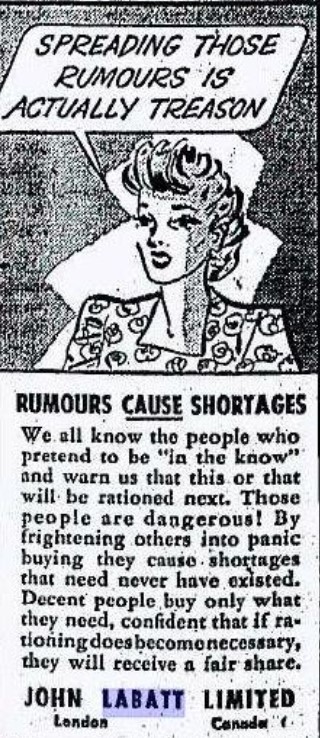 I was reminded this week of another bad era in drinking for women, right after the initial relaxations of our legal systems of temperance in Ontario in 1927 after decades of dour under the new surveillance culture of the Liquor Control Board of Ontario. If you look at my post about women and alcohol prior to the temperance laws you will see there was far more leisurely liberty in these parts in 1827 than 1927.
I was reminded this week of another bad era in drinking for women, right after the initial relaxations of our legal systems of temperance in Ontario in 1927 after decades of dour under the new surveillance culture of the Liquor Control Board of Ontario. If you look at my post about women and alcohol prior to the temperance laws you will see there was far more leisurely liberty in these parts in 1827 than 1927.
But, then, I was also reminded of one of the great innovations of the day that has now been forgotten – the tavern for women under the special restricted license. There’s probably a master’s thesis just waiting to happen if there were enough materials still around on the topic. I was responsible for writing the portion of Ontario Beer from 1900 to 1984 or so and this is the text below that covers that era. And it’s one of my favourite aspects along with the fact that by WWII, as illustrated our own major brewing outfit Labatt was running patriotic cartoon strips in newspapers to boost morale featuring a beer loving lady of the house, Ti-Jos… which I presume is a diminutive for Petite Josephine. Times had changed.
The passage below referneeces Dan Mallack’s 2012 book Try To Control Yourself, my copy of which I cannot seem to lay my hand on at this moment. Anyway, I had thought I had posted about this at some point but I do not appear to have done so. That being the case, here it is today offered if only as support that there are better paths forward if we are open enough to recognize them.
————————-
The role of women in this era of hotel based beverage rooms were a great cause of concern. Soon after the changes in 1927, the Hotel Grimsby asked to “prepare a Ladies Beverage room, as a great number of ladies do not want to go in the same room as the men.” Unlike we might be told in the revisionist view that the temperance movement was solely populated by hysterical fun crushers, the reopening of public drinking places not only led to perceived moral dangers such as gambling and prostitution but also risks of harassment or worse for the modern women who, as part of their desire to enjoy more liberal rights. wished to seek out new entertainments and drink their beer outside of the home.
Malleck shows, before further amendments in 1934 addressed the concern, efforts were made to meet this demand by individual hotel operators. In one case this required use of a dining room as a women only location. The LCBO was sympathetic but did not approve of the circumventing of the law required, the inspector reporting it as “the subterfuge of the sandwich.” Restricted access to the beverage room also applied to waitresses as well as the female customer. They, unlike their male server coworkers, were subject to official inquiries as to whether they were themselves sources of immorality. Social clubs serving women or a mixed membership were even at times ordered to stop serving beer except to men. The beer drinking woman who chose to avoid the public space and stay at home when drinking also faced public disapproval when buying and even commentary in the press.
Throughout this time of social transition, in addition to working with the provincial government in the implementation of the Liquor Control Act, brewers in the 1930s were quite able to work with each other when their interests were aligned. In 1933, E.P. Taylor corresponded with his Quebec competitors national and Molson sharing information related to retail price cutting by their own agents. The next year, Carling received plans about the use of cardboard cartons to replace wooden crates to achieve freight charges savings and provide greater convenience “for tourists, for people going fishing, and so forth.”
Under Canada’s division of powers between the federal and provincial levels, the government of Ontario regulated how beer was retailed. As new changes were brought in in 1934 continued to reflect the surveillance principle even as settings for and modes of drinking expanded. The law now defined the word “establishment” to include club, hotel, inn, public house, tavern, military mess, restaurant, railway car or steamship having premises. And among the many classes of license created, licenses were now also available for establishments which served beer to men only, to men and women together or to women only.
A few remaining “ladies and escorts” signs from this era can still be seen in rural Ontario such as at the Douglas Tavern in Renfrew Co. Licenses were also available for light beer only or beers of any strength as well as other forms of alcohol. By creating separate zones for different economic groups, different genders and different beers, the bad old days of wild taverns warned of by the temperance movement could be avoided as the behaviours of each group could be observed.
